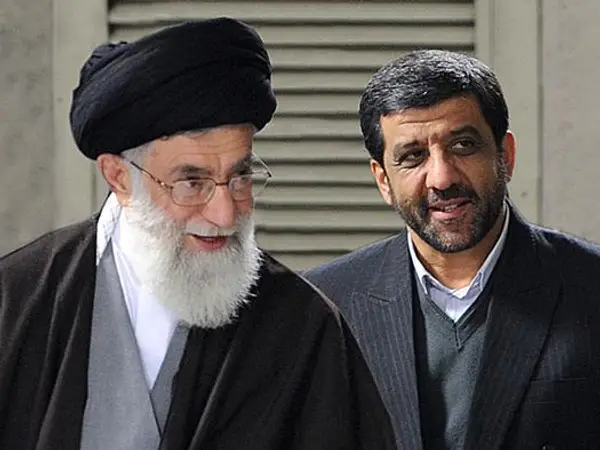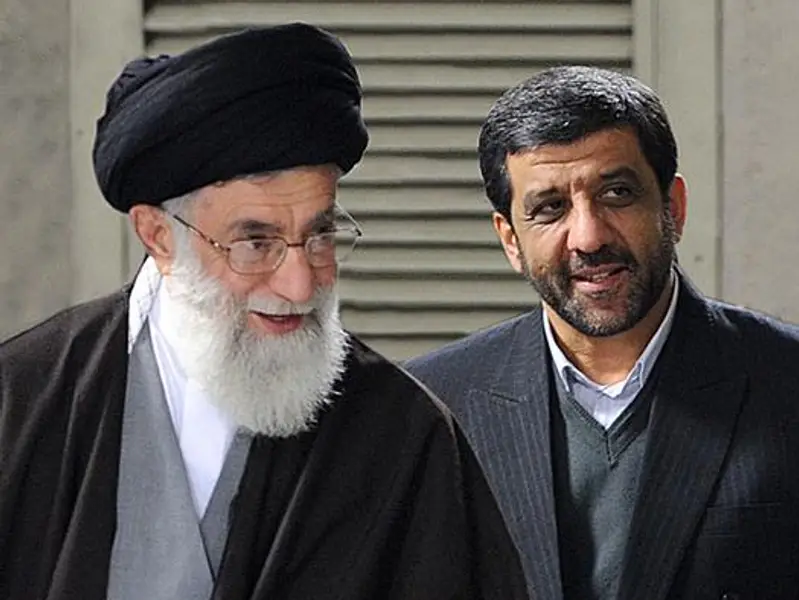While billions are poured into Iran's military infrastructure and regional proxies, there has been no budget allocated for the preservation of historical monuments.
Ezzatollah Zarghami disclosed that “a budget of 15,000 billion rials (equivalent to 30 million USD) was earmarked for the development of the cultural heritage ministry, with a portion specifically designated for the restoration of historical and cultural monuments. However, due to the challenges faced by the country, the budget has not been disbursed to the ministry.”
The minister did not elaborate on the nature of the challenges but expressed hope that the funds would be provided later.
The situation is exacerbated by a broader historical trend since the 1979 Islamic Revolution, which has seen a nonchalant approach towards pre-Islamic relics. Despite Iran's profound historical legacy, the present regime has not fully embraced its rich heritage, even though the country once presided over the world's largest empire.
Previous instances, such as the announcement in September 2020 by then Minister Ali Asghar Mounesan of a meager annual budget of 50 million rials (approximately 100 USD) for the management of Persepolis, reflect a systemic issue in adequately allocating funds for the preservation of cultural treasures.
Despite warnings from cultural heritage experts, the inauguration of the Chamshir Dam in the Kohgiluyeh and Boyer-Ahmad province on July 17 proceeded. Archaeologists predict that the impoundment of the dam will result in the loss of at least 140 historical monuments in the region, underscoring the destructive consequences of inadequate attention and funding for Iran's cultural heritage.
In May, the government announced plans to auction off some of the country's most treasured sites including Rayen Castle as the country's heritage risks disappearing amidst a government more concerned with its nuclear and military might than its ancient history.

